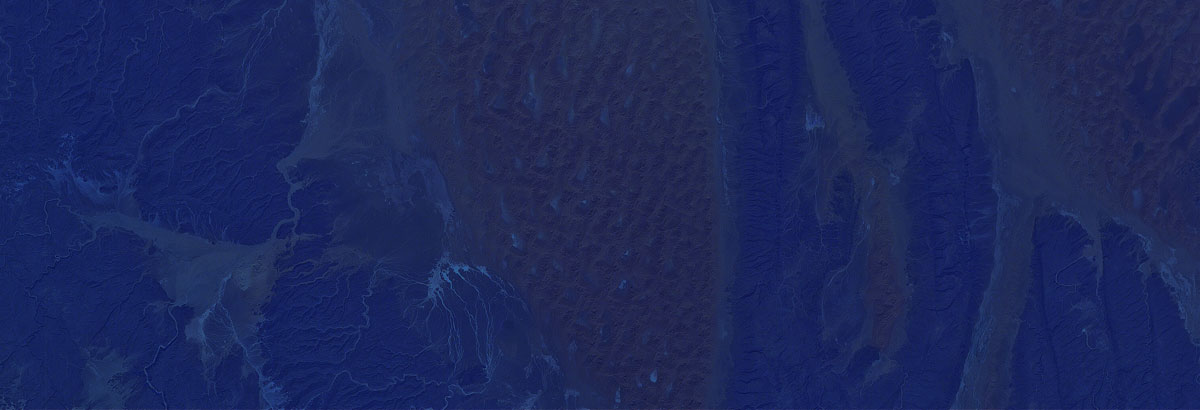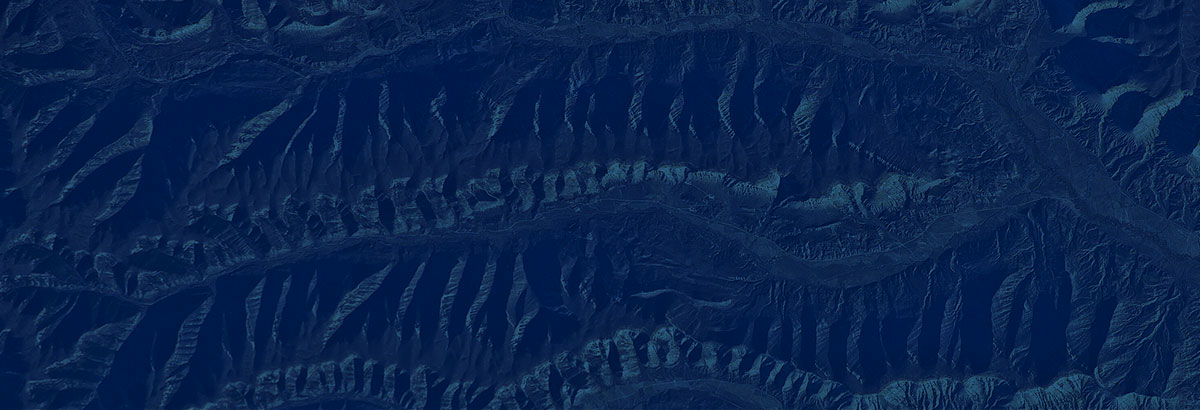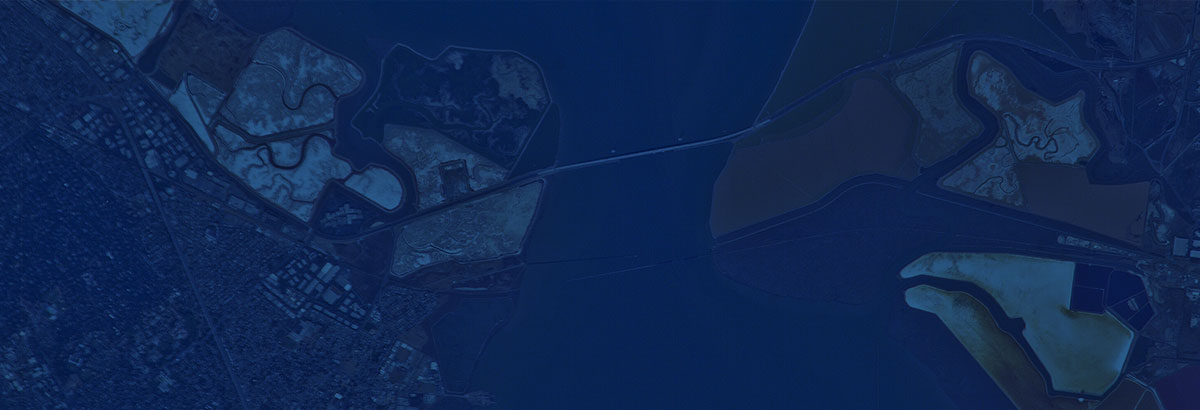Asteroid Institute | Spring 2023 Hackathon Focuses on Running Precovery on Risk List Asteroids
April 20, 2023
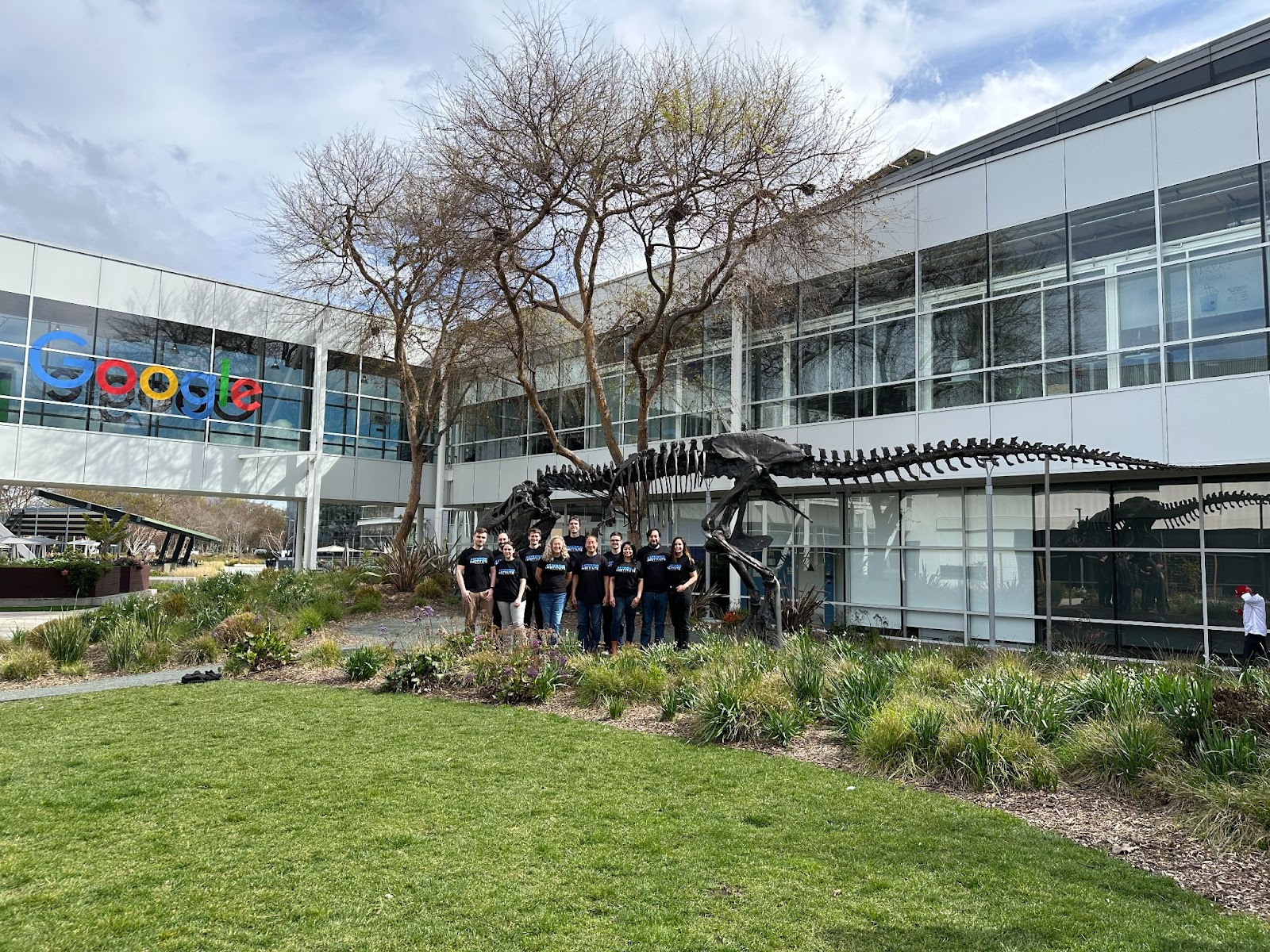
In early March, the Asteroid Institute team met for our Spring Hackathon, hosted at the Google campus in Mountain View, California. This was a chance to get together in person and work on our Asteroid Discovery Analysis and Mapping (ADAM) platform, with a focus on using Google Cloud resources to automate the intense analytical and computing workloads that are at the heart of our asteroid detection and risk assessment tools.
At our Fall 2022 Hackathon, we worked on building a large-scale composite Precovery database and used it to analyze the European Space Agency’s “risk list,” a continuously-updated report on the known near-earth asteroids which pose any risk of impacting the earth. For this hackathon, we expanded upon that work with two major objectives over the three-day session:
- Automation: building a system that can automatically incorporate new observational data every night, as well as any updates to the risk list, and re-run our Precovery algorithm in order to continuously re-evaluate the risk list in light of the latest data available.
- Results verification: building tools to help us assess the accuracy of our work before updating risk lists.
With these goals in mind, we converged on the Googleplex in Mountain View. Meeting together in person was a major speed boost as we bounced ideas off each other, tried out multiple approaches at the same time, and kept moving forward.

One unexpected source of motivation was the asteroid 2023 DW, which was discovered just a few days before our hackathon. The 50-meter asteroid, similar in size to the Tunguska impactor, was first observed during a close approach and was judged to have a significant chance of impact — but more observations were needed. Objects like 2023 DW that can suddenly appear on the risk list are just the sort of thing that our automated Precovery systems could help to assess. Don’t worry about 2023 DW for now; extra observations have been made that have improved estimates of its trajectory, and it is no longer viewed as a possible hazard.
By the end of the third day, our automation systems were mostly working to build out a comprehensive Precovery database using observations from the Zwicky Transient Facility, the NOIRLab Source Catalog, and the SkyMapper Southern Sky Survey. These systems marshal Google’s cloud resources to break this significant task into a sequence of highly parallelized procedures, letting us aggregate billions of observations into a highly compressed and queryable format. Our Precovery system can quickly scan this database when new risk list objects (like 2023 DW) are announced, letting us pull up possible historical observations that went unnoticed by the broader scientific community.
In addition, the team implemented a new set of software tools for pulling down the original observational images for those observations. By using shared, open-access APIs, we can generate reports for each candidate, which lets us do final manual verification of each historical match. This is essential for removing false positives which would corrupt estimations of trajectories of risk list objects.
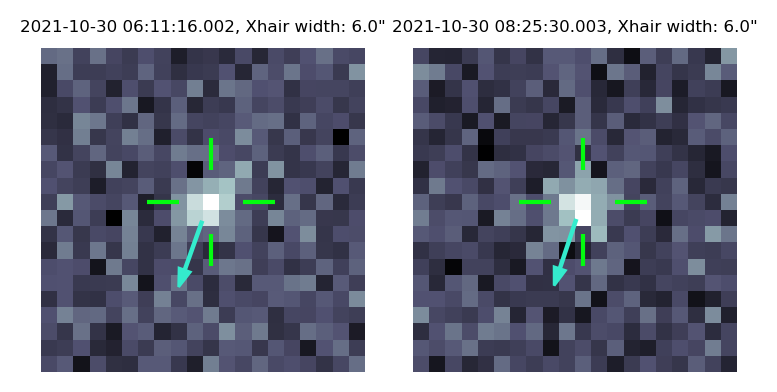
Pulling a signal from the noise: demonstration of our hackathon “cutouts” tool for verifying results
While at Google, the Asteroid Institute team also got the chance to speak with members of Google’s staff for advice and guidance. Massimo Mascaro, Distinguished Technical Director of AI at Google, gave particularly useful insight into ways to leverage advanced artificial intelligence and machine learning algorithms to improve our analysis tools.
No hackathon is complete without a team dinner. We enjoyed our hard-earned drinks and a great meal at the Roger Bar and Restaurant in Mountain View and even got to see their collection of NASA and space-related memorabilia.

We left the Googleplex with major progress on our systems, and with a clear vision for what comes next: ever-improving automation, larger datasets, and a pipeline capable of automatically generating notifications when historical data appears to hold key information we can use to improve risk assessments for hazardous asteroids.
 Spencer Nelson is a principal software engineer at the Asteroid Institute. He works on software design and architecture for the ADAM platform, as well as algorithmic performance and development. His background is in large-scale distributed systems and reliability.
Spencer Nelson is a principal software engineer at the Asteroid Institute. He works on software design and architecture for the ADAM platform, as well as algorithmic performance and development. His background is in large-scale distributed systems and reliability.









